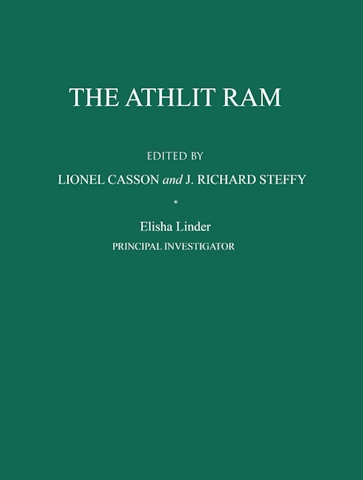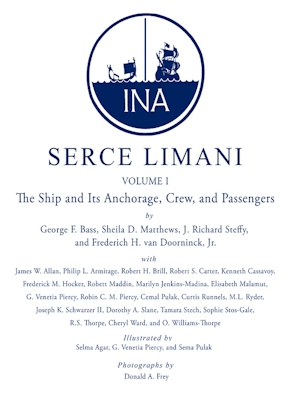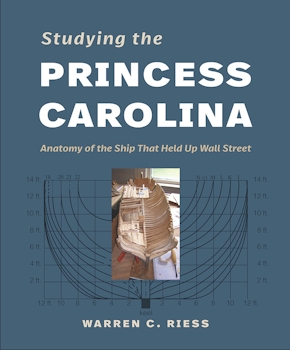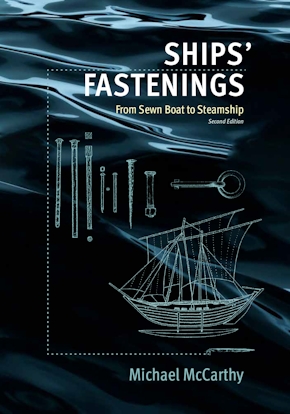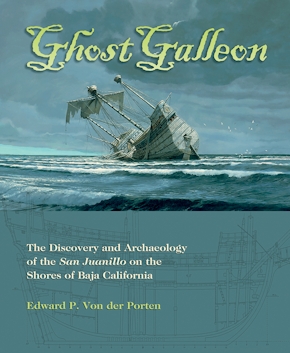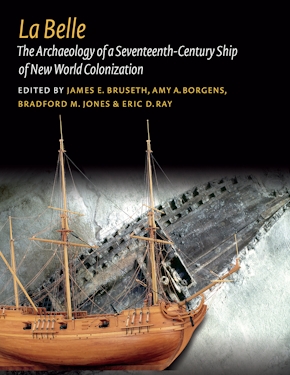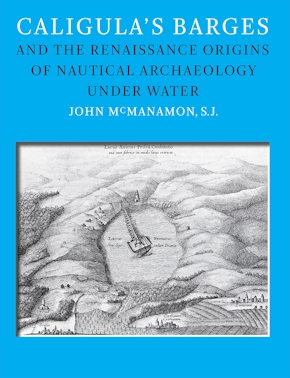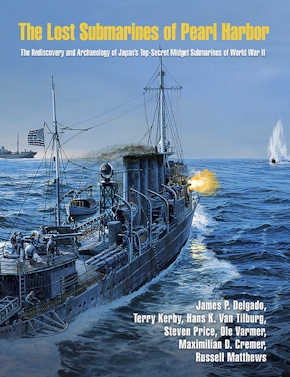The Athlit Ram
978-0-89096-451-4 Cloth
9 x 12 x 0 in
112 pp. 53 b&w photos., 30 line drawings., Map.
Pub Date: 02/01/1991
Available
BUY NOW
- Cloth $75.00 s
Recent archaeological studies have provided much information on merchant ships of antiquity, but the discovery of the Athlit ram now provides detailed evidence for the very different construction of warships. Experts on ancient naval construction and tactics, bronze casting methods and metallurgy, and classical symbols useful in determining the date and provenience of the ram have thoroughly studied every aspect of the ram and its timbers. Their research and conclusions are reported here in full.
Conclusions indicate that ancient shipwrights and armaments experts came up with an effective, if expensive, design for the ship's hull and ram. The strong hull of the ship was the actual weapon used against other ships; the half-ton bronze ram served as the warhead. A heavy ramming timber and side timbers gave the ship the necessary momentum for ramming. The blunt end of the three-finned ram would splinter and split an adversary's hull timbers and seams without bending, breaking off, or becoming stuck in the other hull.
Fully illustrated with detailed drawings, photographs, and radiographic images for a unique view of the ram, this volume is an invaluable record for anyone interested in classical art or military history and for those who specialize in the technology of ancient maritime construction and modern methods of investigation.
Ed Rachal Foundation Nautical Archaeology Series
About the Author
Reviews
Published by Texas A&M University Press
